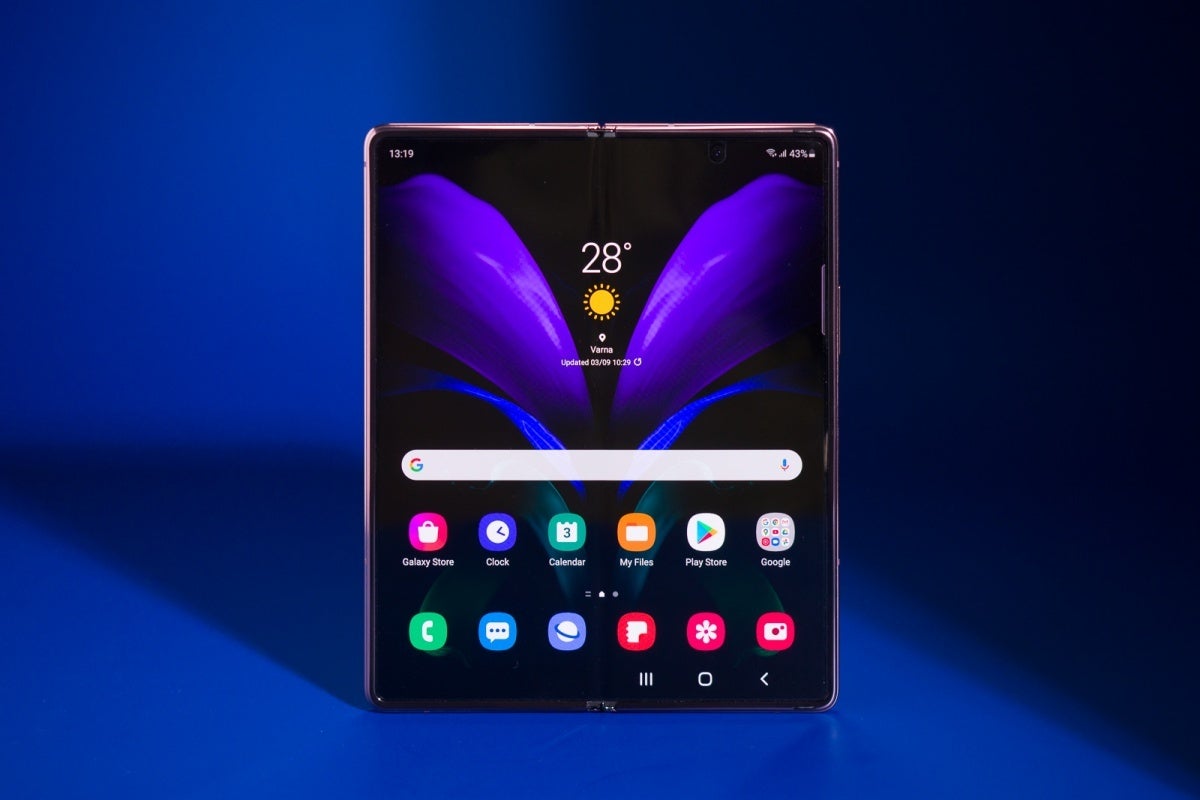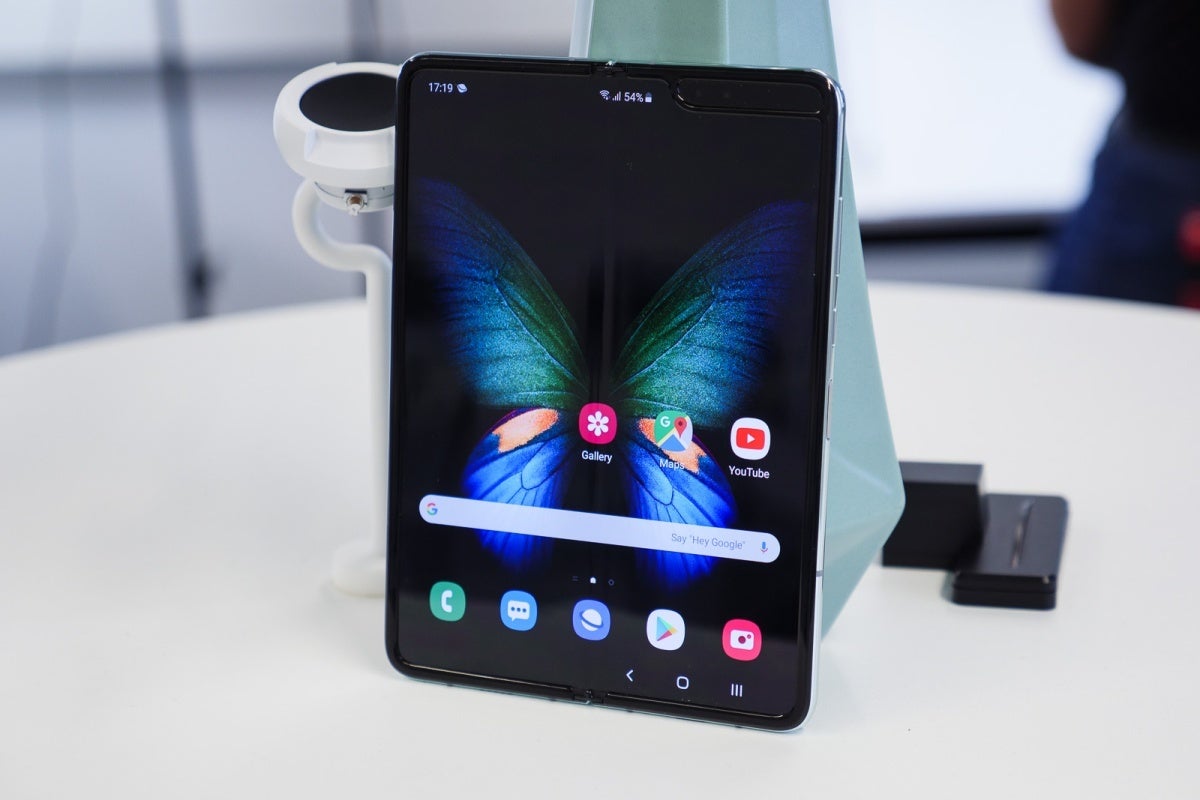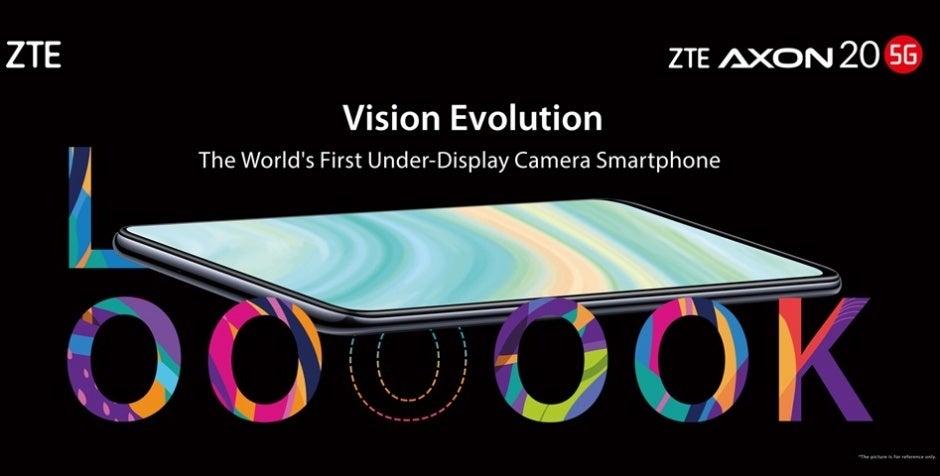New report calls for groundbreaking technology debut on the Samsung Galaxy Z Fold 3
We may earn a commission if you make a purchase from the links on this page.

Galaxy Z Fold 2 5G
The Z Fold 2 is so beautiful that we've been legitimately wondering if it's even physically possible to further improve or refine that glorious design for a third-generation model likely to come out at some point in 2021.
The solution to this unusual quandary could be a groundbreaking technology that's been in the works for a long time, as Samsung is reportedly finally getting close to deeming under-display cameras ready for mass production. Unfortunately, the company is not close enough to aim for a commercial debut on the Galaxy S21 family in just a couple of months.
Time to say goodbye to screen cutouts and holes
It's no big secret that smartphone manufacturers have been trying hard to achieve "perfect full-screen designs" for the better part of a decade (maybe even more), but while bezels have drastically decreased in size in the last few years, there's still one important thing preventing the likes of Samsung from completely realizing this goal.

As much as many users might hate the pervasive notch and hole punch displays nowadays, these compromises are obviously needed to house the selfie shooters that no one is prepared to simply give up. While some companies have attempted to circumvent the problem by implementing motorized pop-up cameras hidden inside the frame of devices like the OnePlus 7 Pro, Samsung wants to embed the imaging sensor into the actual panel of the Galaxy Z Fold 3 and thus solve the "full-screen" equation once and for all.
Just like screen-embedded fingerprint scanners, though, Samsung's UDC (under-display camera) technology poses a number of challenges, which the world's largest handset vendor is still working on resolving. The greatest concern relates to the photography performance, which could be negatively impacted by the presence of a screen between the lens and its subject.
A "special display design" of some sort may well be used to clear this hurdle alongside an advanced image correction algorithm. Still, the Galaxy Z Fold 3 could produce slightly lower-quality selfies than its forerunners, which might explain why Samsung doesn't want to debut this experimental feature on the mainstream S21 lineup.
Not the first of its kind
While the Z Fold 3 is set to be a pioneer among Samsung devices (if these rumors end up materializing, of course), ZTE has already managed to beat the Korea-based tech giant to the under-display camera punch. Curiously enough, the Axon 20 5G does come with a bit of bezel at the top and bottom of its 6.92-inch panel, which means the Galaxy Z Fold 3 could still be the world's very first "perfect full-screen" phone... at least when unfolded and viewed from the front.

Then again, this bad boy is only expected to see daylight sometime during Q3 2021, by which point many other brands, mostly based in China, are likely to follow ZTE's suit. It's not always about being first, though, and initial reports around the ZTE Axon 20 seem to suggest selfie quality is indeed a problem.
Whether or not the Galaxy Z Fold 3 will manage to pull off a bezelless, notchless, and holeless design without drastically affecting the skills of the front-facing camera, we can safely assume the foldable device will have other great things going for it as well. In fact, Ice Universe may have foreshadowed today's Korean media report by predicting a number of "innovative technologies" for this exciting product including built-in S Pen support, "second-generation UTG", and "Camera under Panel."
That means the Z Fold 3 could bring a solid number of important design, productivity, and durability improvements to the table compared to its predecessor, which doesn't make us very optimistic about the retail price. While it's naturally far too early to make any specific predictions, it sure sounds like this thing might end up costing well over $2,000 with all these "innovative technologies" on deck.










Things that are NOT allowed: